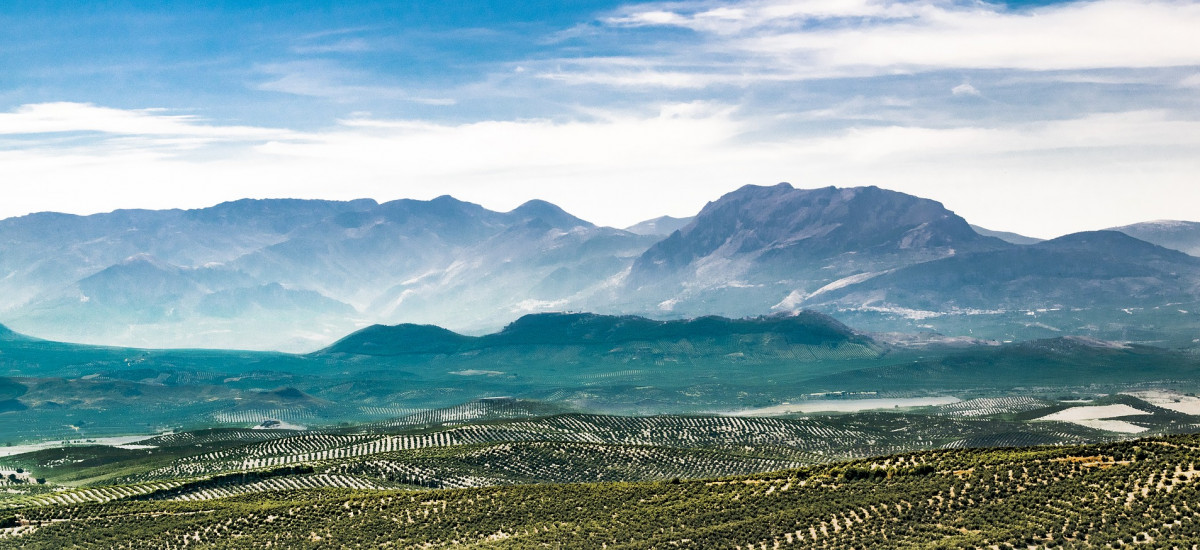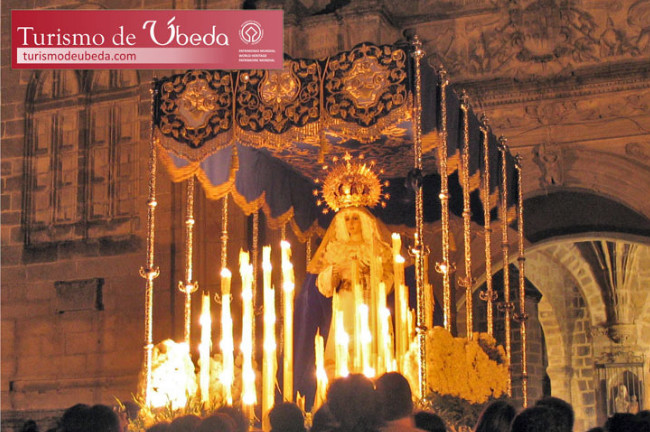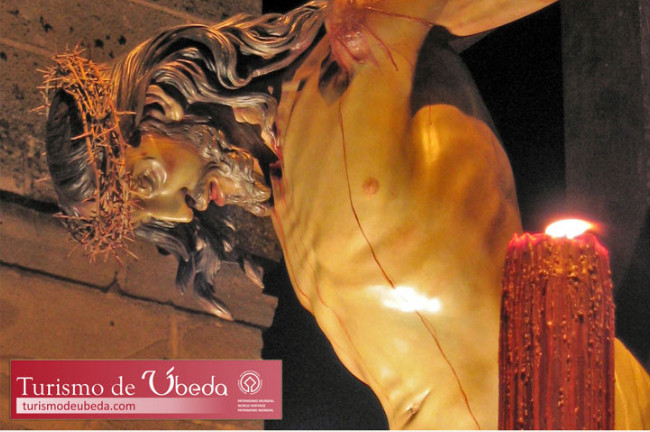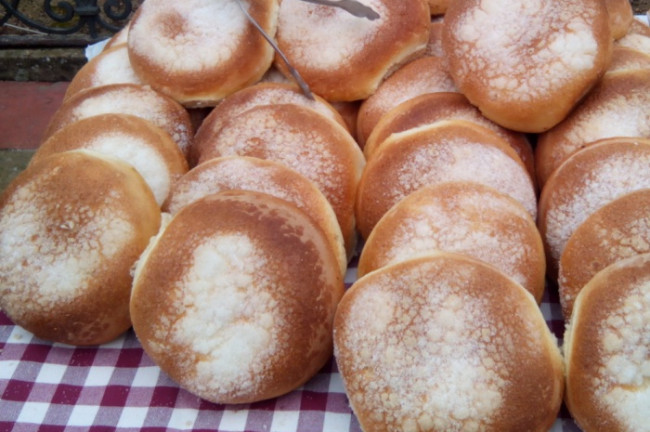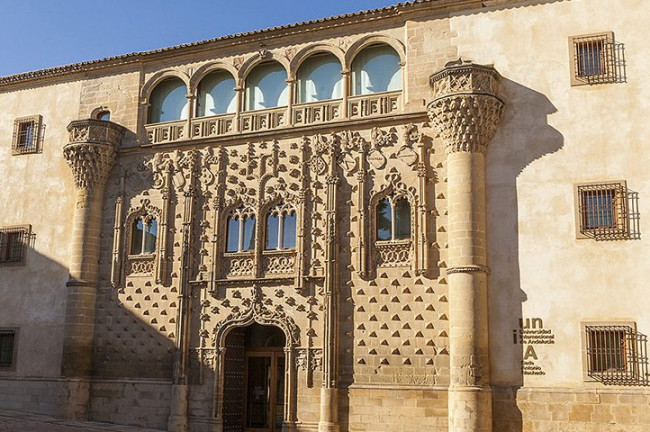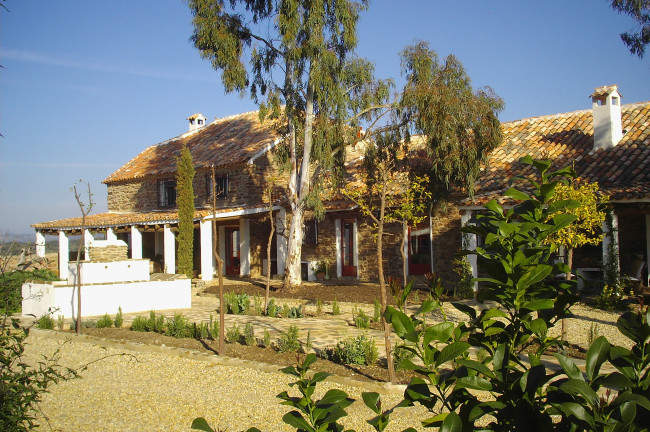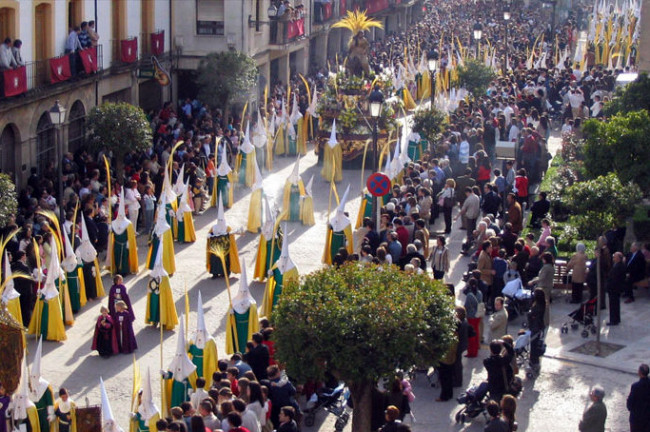
Easter in Úbeda
On Palm Sunday afternoon, the “costaleros” locked their “mulica” in the Church of the Holy Trinity, but the balconies still bear the weight of the flag and the palm braided by masterful hands of artisans from the San Millán neighbourhood.
When you get to the Plaza de Santa María, you realise that there just a few in the world of such beauty. The architect Andrés de Vandelvira, author of the facade of the Cathedral of Jaén, gave an excepcional bearing to this irregular shaped square. Now they seek to honour this Renaissance man.
